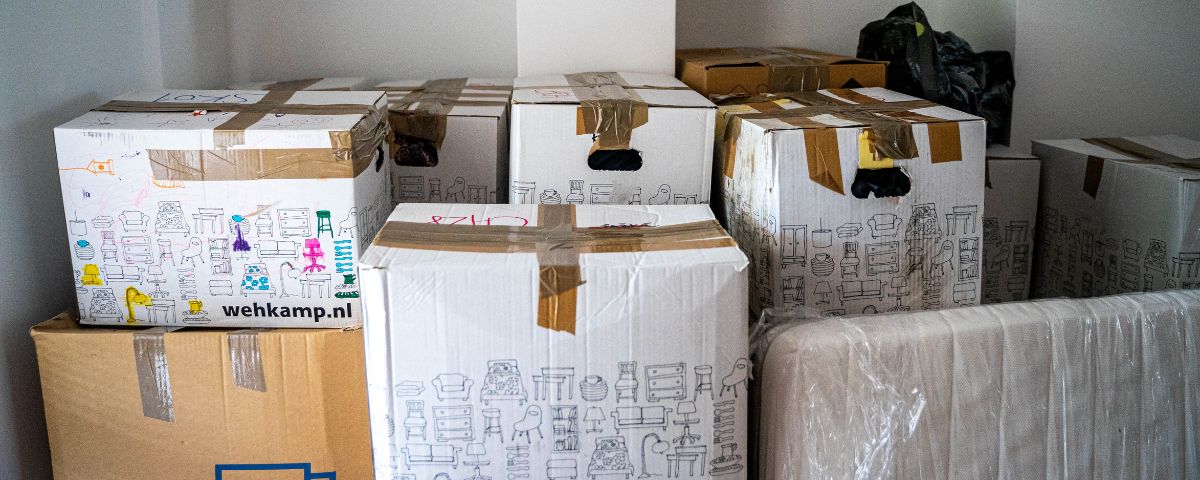
If you’re moving house, either from one home that you own to another, or from rented accommodation to your first ever owned home, what should you do with all your belongings?
To help you out, here’s our quick-read guide to storage solutions.
What can you realistically take with you?
First, you’ll need to think about what you can realistically fit in your new home. Before you start researching storage options, make a list of the items you’ll be taking with you, and those that will need to be kept safe elsewhere as they won’t fit in your new home.
If you’re opting to pay for storage between houses, it’s worth being totally honest about what you do and don’t need. After all, the last thing you want is to spend your hard-earned money on extra storage space, only to declutter your belongings as soon as you move into the next home.
Start with items such as books, CDs and clothes before considering decorative items and even furniture. Do you want to keep your sofa, or would you prefer to sell it now and buy a new one when you move to your new house? It certainly pays to make the decision sooner rather than later.
Be honest about what you actually need
If you’re opting to pay for storage between houses, it’s worth being totally honest about what you do and don’t need. After all, the last thing you want is to spend your hard-earned money on extra storage space, only to declutter your belongings as soon as you move into the next home.
Start with items such as books, CDs and clothes before considering decorative items and even furniture. Do you want to keep your sofa, or would you prefer to sell it now and buy a new one when you move to your new house? It certainly pays to make the decision sooner rather than later.
Shop around for the best deal
There are lots of different storage options available for all kinds of budgets, so make sure you shop around and take location, cost and flexibility into consideration.
If you’re not anticipating needing access to your belongings while they’re in storage, you may choose a cheaper storage facility slightly further away from where you live.
Even if you’re not moving into a new home straight away, you can still enlist the help of a removals company who will take your boxes to your storage facility.
If you only have a limited number of belongings you may decide to take a DIY approach, while bulky items of furniture may be easier to move with the help of the experts.
Decide if you need a removals firm
Even if you’re not moving into a new home straight away, you can still enlist the help of a removals company who will take your boxes to your storage facility.
If you only have a limited number of belongings you may decide to take a DIY approach, while bulky items of furniture may be easier to move with the help of the experts.
Get label happy
If you’re moving some of your belongings into storage before moving to your new house, labelling is even more important than usual. Start by clearly labelling the boxes that will be going into storage, and then briefly describe what’s in each box in case you need to access the contents down the line.
If you’re moving several months after putting items into storage, it’s unlikely you’ll be able to remember what’s in each box, which can present a problem when you’re unpacking or needing to access things.
Even if you opt to put most of your things into storage, it’s always worth taking important documents such as your passport and birth certificate to your temporary base, so you know they’re there if you need them.
You should also keep other important information close to hand, such as the contact details of estate agents, property professionals or housebuilders, while it pays to know their opening times too, so that you can get assistance when you need it.

